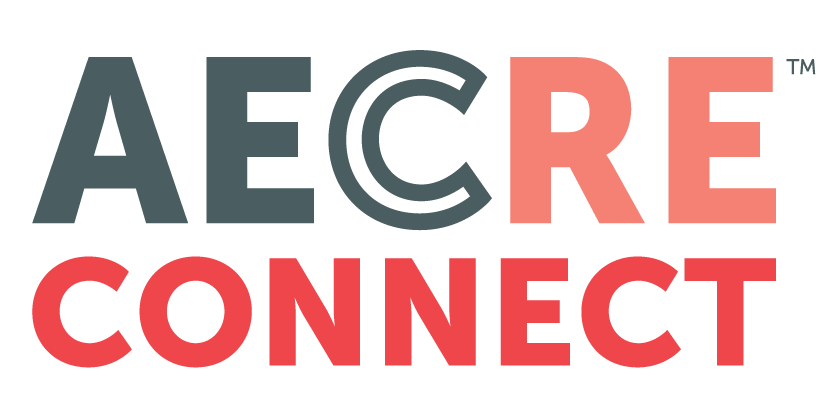I like numbers. Maybe that’s why I’m a baseball fan. Baseball has stats on everything. Look long enough and the numbers will tell you the story. At the moment, there’s quite a discussion about whether to open up the economy or keep it shut down. Will the numbers help? I think they do. Let’s look at some.
- In the U.S., as of today there have been about 980,000 cases reported in a country of about 329,000,000. That’s just under 1/3rd of 1% (0.30% to be exact). The number of deaths in the U.S. due to COVID-19 stands at about 55,300 (about 17/100th of 1% of the population). Every death is terrible.
- In Arizona, the number of cases (about 6,700) as a percent of the 7,200,000 people who live here comes to about 9/100th of 1% and the number of deaths in Arizona (275 at the moment) comes to about 38/1000th of 1% of the state’s population.
- In Maricopa County, as of today there have been 3,457 cases of COVID-19 reported. There are about 4,300,000 people in Maricopa County. That’s about 8/100th of 1%. The number of deaths in the county (122) is about 26/1000th of 1% of the county’s population.
- We have to recognize that there have now been several studies that suggest that the number of cases reported is substantially lower than the actual number of cases because so many who tested positive for antibodies for COVID-19 had very mild symptoms and never went for medical care or never had symptoms at all. So, the stated number is well below the actual number. But, even if it’s low by a fact of 30, for example, less than 9% of the people in the U.S. have had the disease. In fact, 85% of those infected need no medical attention. 50% of those infected have no symptoms.
- In New York City, ground Zero for the pandemic with more than one-third of the deaths in the U.S., the death rate per 100,000 for people between 18 to 44 years old is 14.21.
- On the other hand, In New York City the death rate per 100,000 for those 75 or older is 1,045.39. For people under 18, it is 0.
- In Maricopa County, 26% of all the cases from COVID-19 are in the 65 and older age group. Yet, over 88% of all the deaths are in the 65 and older age group. Those 45-64 years old account for 33% of the cases reported and 11% of the deaths.
- This pattern continues down the age spectrum. The younger you are, the safer you are. The risks below 45 are very, very low.
- In fact, according to The Hill, 95% of the deaths in New York City were over 50. The average age of those who died in Italy was 79.
- More telling, though, is that of the 6,570 confirmed COVID-19 deaths fully investigated, 99.2% had an underlying condition. In other words, in the absence of a compromised immune system (this includes being overweight, diabetes, high blood pressure, having cancer, liver or other organ problems just to mention some examples), the probabilities of death from COVID-19 are extremely low.
- Again, according to The Hill. “People are dying because other medical care is not getting done due to hypothetical projections.” According to the article, the abrupt stopping of “nonessential” procedures and surgery that prevented diagnoses of diseases like cancer or heart disease has been an unintended side effect of the rush to empty hospital beds for COVID-19 patients that never showed up.
The bottom line of all of this is that older people and others with underlying conditions are the ones in danger. But it is clear that social distancing, washing hands, wearing masks and preventing overcrowding has worked well in keeping the spread down. It is also why there is no reason the economy can’t be opened. It should be opened slowly at first, for those under 65. The data strongly suggests that people under 55 are at very low risk. Those between the ages of 55-64 who do not have underlying conditions are also safe. And the benefits of opening both financially and psychologically are very significant.
What are the underlying consequences of destroying jobs, incomes and lives given the fact that it has been shown that protecting those at most risk from COVID-19 can be accomplished by following procedures already in place? There are many intelligent people who want to wait until the death rate is actually declining. But, taking steps back to normality seems like a reasonable risk at this time. If it doesn’t work, we can go back to where we were.
In addition, there is no certainty as to when or if we will get a vaccine. Even today, there is no HIV vaccine. There are, fortunately, many drugs that mitigate the effects. Maybe that will be the best we will do with the Coronavirus, nobody knows at this point. But, even today the timing of any such drug is uncertain.
This is not 1918. The Spanish flu took the lives of people in their teens, twenties and thirties and was easiest on the elderly. COVID-19 does the opposite. The bulk of the working age population should get their lives back, while following the CDC guidelines.
We need to protect vulnerable people and restrict “super spreader” activities in the interim. But we don’t need to stop absolutely everything. We need to test, trace, isolate and lock down the hot spots. But, these are local level issues that don’t require the entire economy to come to a halt. The longer we keep the economy shutdown, the more severe the consequences will become. The chances of a “V” recovery are now gone. The chances for a “U” or “swoosh” recovery are diminishing with every passing day that we remain closed. We should be stopping the greatest damage at the lowest costs, not stopping everything. We need to open smart and carefully. We need to concentrate at the local level. But, we need to open, at least in part, now.
UNINTENDED CONSEQUENCES AND PERVERSE INCENTIVES
When congress passed the CARES Act, it increased the amount one gets from unemployment by $600 per week for 39 weeks. In Arizona, unemployment benefits now come to $840 per week. That’s an annual income of $43,680 or $21 per hour. That should go a long way in keeping people whole financially as the money starts to flow.
But, let’s look at who was laid off in the first major round of this disaster. According to the Conference Board, there has been an 80% decline in help wanted online ads for food service workers (bartenders, waiters and waitresses, dishwashers, cooks), a 70%-80% decline in ads for lodging and travel workers, a 60%-85% decline for passenger transportation related employees, a 65% decline for health and education workers (preschool and kindergarten teachers, teacher assistants, massage therapists, dentists and dental hygienists, physical therapists and assistants) and a 65% decline for office workers. Consider this a proxy for how far demand for these types of jobs has declined. This issue is that most of these people, perhaps outside of major coastal and mid-western cities, had incomes below $21 per hour.
In Arizona, the $840 weekly payment represents more than 110% of the average weekly income in the state. Since most of those laid off in the first round were service workers who generally made less than $21 per hour, the government has created the incentive not to go back to work when the economy opens and employers call for their former employee to come back to work. If they will make less than $21 per hour working, many people will just say no and wait until the benefits run out in August (unless extended).
LAST WEEK’S DATA
We are starting to get more data showing the damage done by closing the economy. Initial claims for unemployment insurance have been increasing at a declining rate but show that as of last week more than 26,500,000 have files since mid-March. That compares to 211,000 for the week prior to closing down the economy and total employment before this all started was 152,487,000 in February. Also, April’s consumer sentiment was down significantly from March.
In Arizona, initial claims also continued to increase as a declining rate as more than 421,000 have filed claims since mid-March on a job base of 2,986,400 (February). We now estimate that the unemployment rate in the state exceeds 15% and the layoffs will continue. And while state lodging performance is only available for March, those numbers were horrific as demand fell through the floor. Other information was B.C. (Before Coronavirus) and therefore was meaningless in today’s world.
-
Initial claims for unemployment insurance increased by another 4,427,000 for the week of April 18. The increase was less than the 5,237,000 who filed claims the week pf April 11 but the numbers in early March were running just north of 200,000 per week.
- The University of Michigan Consumer Sentiment Index fell to 71.8 in April. That’s down from 89.1 in March and 97.2 a year ago. The current conditions index fell 29.4 points in the past month and by 40.5 points in the past two months. The expectations index posted smaller declines of 9.6 points in the past month and 22.0 points from February. While the decline in both indices indicates an ongoing recession, the gap reflects the anticipated cyclical nature of the Coronavirus.
- Initial claims for unemployment insurance in the state increased by 72,457 people for the week of April 19. This is down from the previous week when 98,531 filed claims. But, keep in mind that in early March, claims were running 3,300 per week. Based on our calculations, the unemployment rate in the state is now running at more than 15%.
- March lodging data for the month as a whole reflects the damage done in the second half of the month. March occupancy was 47.9%. That’s down from 82.4% in March of 2019. Thus, occupancy declined 41.6% from a year ago. Virtually all the decline was due to lower demand. The April numbers will reflect the fact that the entire month will have been during the shutdown.
|
|
|
|
|



